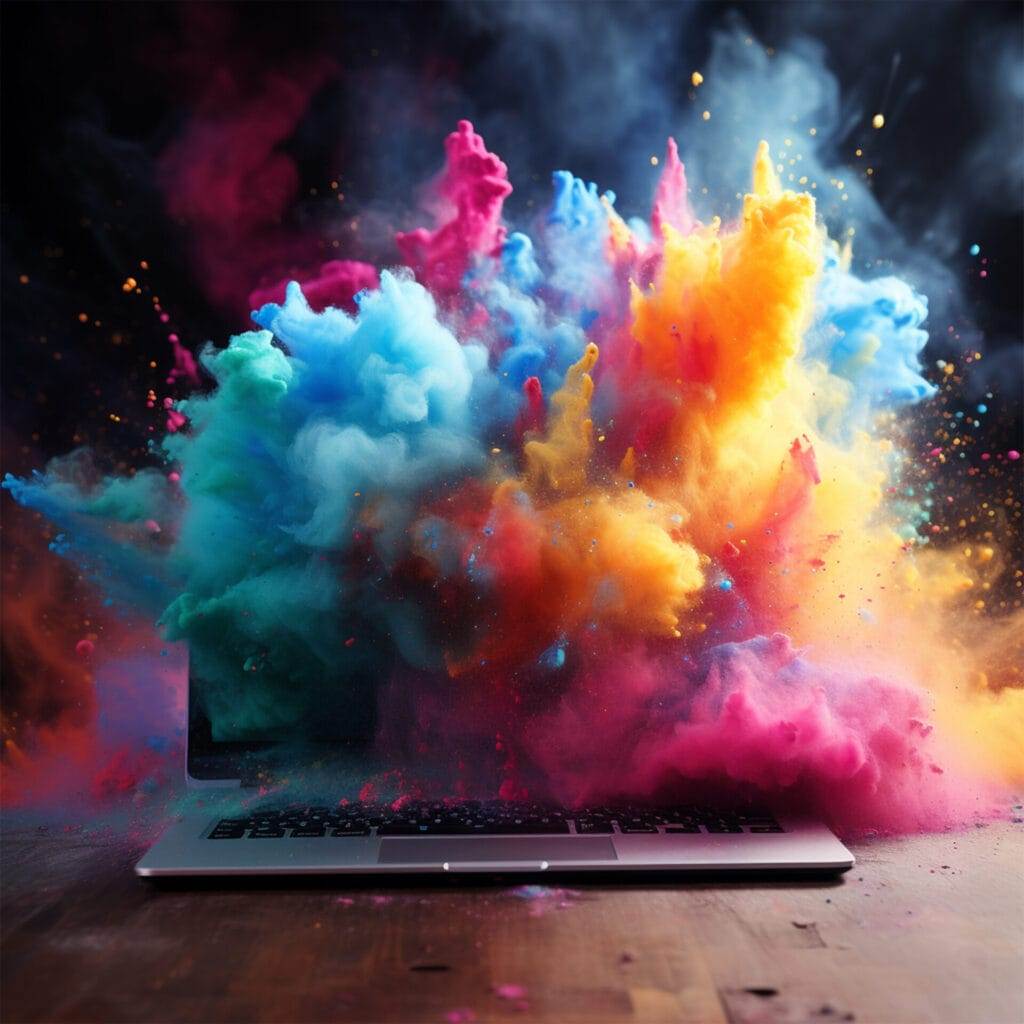In the realm of website design and branding, colors are not just visual elements; they are powerful tools that evoke emotions, convey messages, and shape perceptions. Color psychology, the study of how colors influence human behavior and emotions, plays a crucial role in determining the success of a website and the strength of a brand. From creating a memorable first impression to influencing purchasing decisions, the strategic use of colors can have a profound impact on user experience and brand perception. In this blog, we’ll delve into the fascinating world of color psychology and explore its significance in website design and branding.
Understanding Color Psychology
Color psychology is rooted in the idea that different colors evoke specific emotions, associations, and behaviors in individuals. While color perceptions may vary depending on cultural background and personal experiences, certain universal associations exist. For example:
- Red is often associated with passion, energy, and urgency.
- Blue evokes feelings of calmness, trust, and stability.
- Yellow conveys optimism, warmth, and cheerfulness.
- Green symbolizes growth, harmony, and nature.
- Purple is associated with luxury, creativity, and royalty.
By understanding these associations, designers can strategically use colors to create desired emotional responses and reinforce brand messaging.
The Impact on Website Design
In website design, color choices can significantly influence user experience and engagement. Here’s how color psychology manifests in different aspects of website design:
- Brand Identity:
Colors play a central role in defining a brand’s identity and personality. The chosen color palette should align with the brand’s values, target audience, and industry. For example, a tech company may opt for a sleek and modern palette of blues and grays, while a children’s brand may choose vibrant and playful colors. - User Interface:
Colors can guide users’ attention, highlight important elements, and improve navigation. For example, using a contrasting color for call-to-action buttons can make them stand out and encourage users to take action. Similarly, using a consistent color scheme throughout the interface creates visual coherence and reinforces brand recognition. - Emotional Impact:
The emotional impact of colors can influence users’ perceptions of a website and brand. Warm colors like red and orange can create a sense of urgency or excitement, while cool colors like blue and green can evoke calmness and trust. Understanding the desired emotional response can help designers select the appropriate color palette.
Tips for Using Color Psychology in Branding
When leveraging color psychology in branding, consider the following tips:
- Research Your Audience:
Understand the demographics, preferences, and cultural backgrounds of your target audience to select colors that resonate with them. - Be Consistent:
Maintain consistency in color usage across all brand touchpoints, including the website, logo, marketing materials, and packaging. Consistency builds brand recognition and fosters trust. - Test and Iterate:
Experiment with different color combinations and monitor their impact on user behavior and brand perception. Use A/B testing and user feedback to refine your color choices iteratively. - Consider Contrast:
Ensure sufficient contrast between text and background colors to improve readability, especially for users with visual impairments. Use color contrast tools to evaluate the accessibility of your color choices.
Conclusion
Color psychology is a powerful tool that can influence user behavior, shape brand perception, and enhance the overall user experience. By understanding the emotional associations of different colors and strategically incorporating them into website design and branding, designers can create compelling and memorable experiences that resonate with users on a subconscious level. Whether evoking excitement, instilling trust, or conveying sophistication, the strategic use of color can leave a lasting impression and differentiate a brand in a crowded digital landscape. As designers continue to explore the intersection of psychology and design, the potential for creating impactful and emotionally resonant experiences through color remains limitless.

